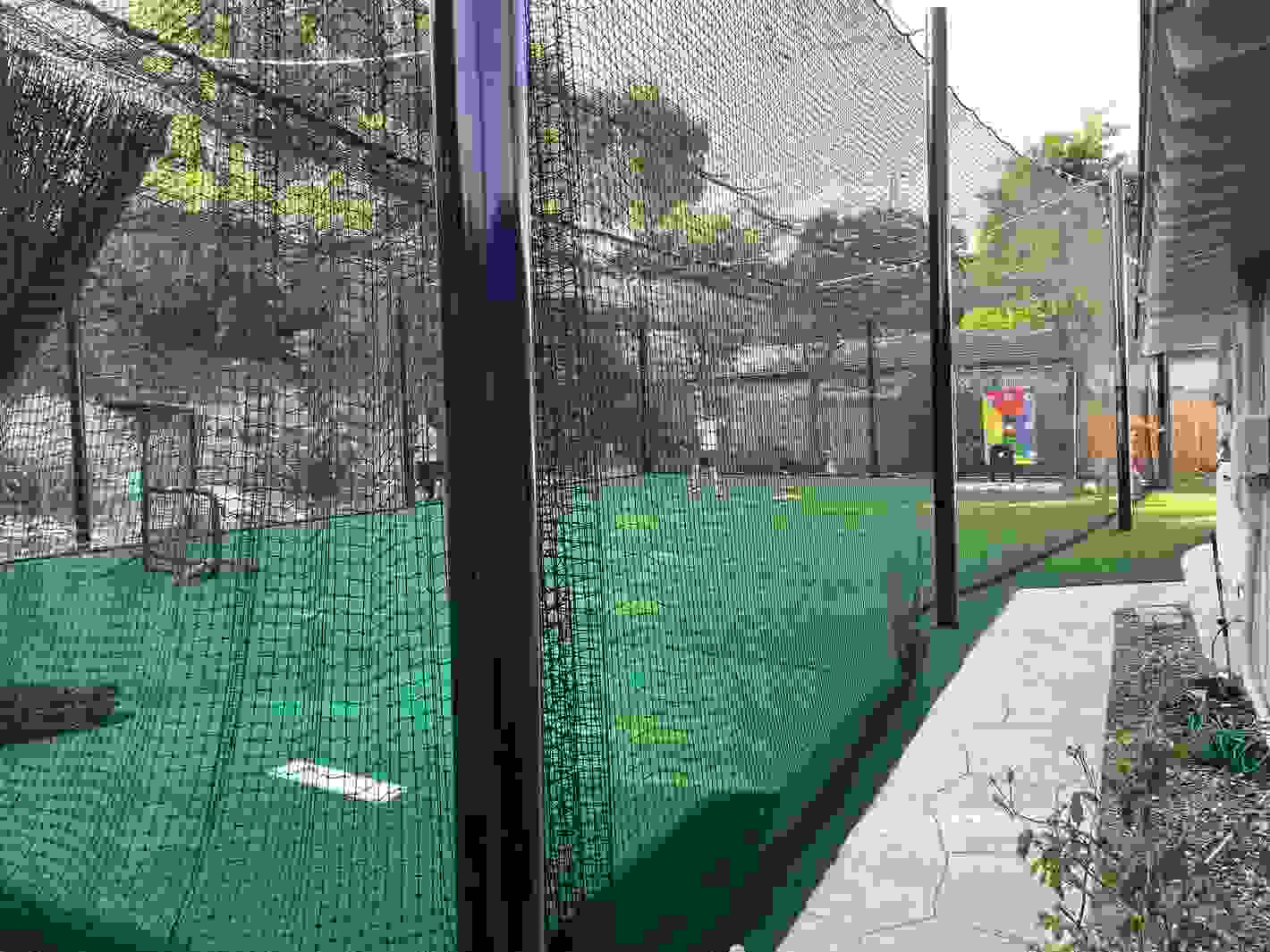


Welcome to our premier outdoor batting cage installation services! Whether you’re a professional athlete, a budding baseball star.
Imagine stepping up to the plate, bat in hand, ready to perfect your swing. But where should you train? Should you invest in an indoor batting cage or go for an outdoor batting cage? This is a question many baseball and softball players, coaches, and facility owners face. Each option has its benefits and drawbacks, and the right choice depends on your needs, space, budget, and training goals.
Batting cages are enclosed training spaces designed to allow hitters to practice their swings without worrying about chasing balls. They come in various sizes and materials, each offering different levels of protection and durability.
A good batting cage is crucial for serious baseball and softball players. It provides a controlled environment for practicing swings, improving hand-eye coordination, and refining technique. Batting cages can be used for individual training, team practice, or even commercial purposes in sports facilities.
Indoor batting cages are enclosed within a building, often found in training centers, gyms, and sports complexes. They provide a climate-controlled environment for year-round training.
Outdoor batting cages are placed in open spaces, such as backyards, sports complexes, or school fields. They offer a more natural training experience, similar to real-game conditions.
If you live in a region with unpredictable weather and need year-round training, an indoor batting cage is a great option. However, if you prefer a budget-friendly, spacious training environment with a real-game feel, then an outdoor batting cage is the right choice.
Ultimately, your decision depends on personal needs, available space, and financial considerations. Many professional players use a combination of both indoor and outdoor cages to maximize training benefits.
1. How much space do I need for an outdoor batting cage?
Most outdoor batting cages are between 55 to 70 feet in length, 12 to 14 feet in width, and about 12 feet in height. However, space requirements vary depending on the type of training you plan to do.
2. Are outdoor batting cages difficult to install?
No, many outdoor batting cages come in pre-packaged kits that include netting, poles, and anchors. If you follow the manufacturer’s instructions, installation can be done in a few hours.
3. How do I protect my outdoor batting cage from weather damage?
Invest in UV-resistant netting, secure your cage properly with weighted bases, and cover it when not in use to prevent excessive exposure to the elements.
4. Can I use an outdoor batting cage in winter?
Yes, but it depends on your location. Some players use portable heaters or winterized enclosures to continue training in colder months.
Choosing between indoor and outdoor batting cages depends on your training goals, budget, and environmental factors. Both options offer unique advantages, and if possible, using both can provide the best of both worlds. For an affordable, realistic training experience, an outdoor batting cage is a fantastic investment. Whichever option you choose, consistent practice is key to improving your skills and taking your game to the next level.
